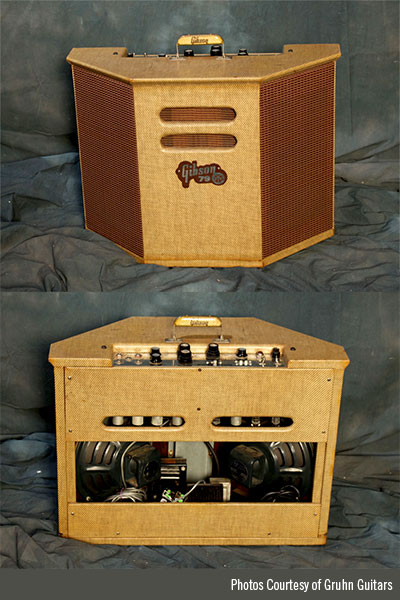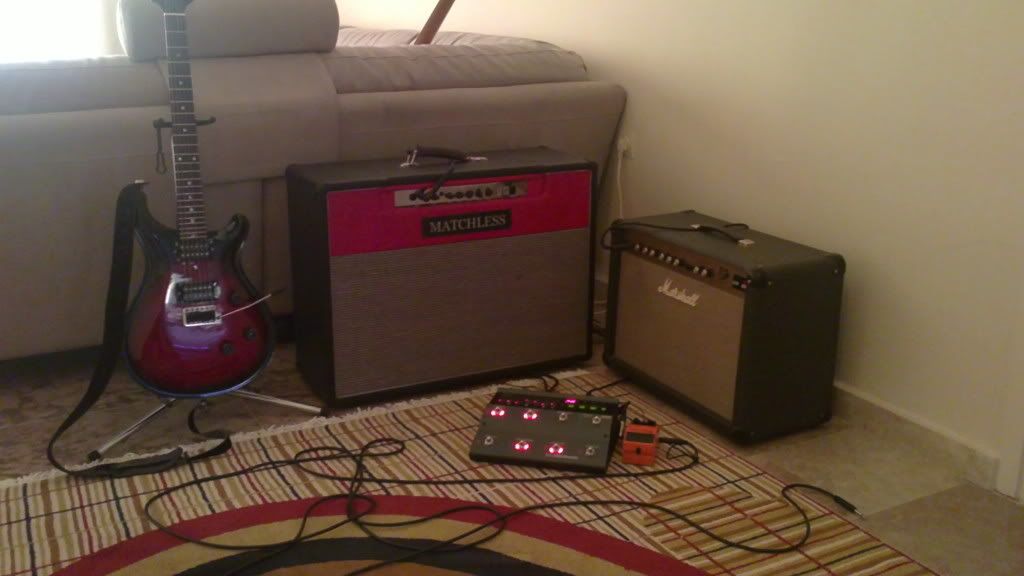John Beef
Opaque
Why aren't there more amps in stereo? You have to go rack-based or have multiple heads in order to run a rig in stereo. When I was in high school in the early 90s I had a stereo 2x12 combo, a Fender M-80 chorus. It was a lousy sounding amp because it was all solid state, but at least the idea was there. That's the only self contained stereo guitar amp I have ever seen.
I don't know enough about power amp circuitry to say how to make it possible, but wouldn't it be great if guitar amps had say two independent power sections and using a switch on the back of the amp, could either run in mono or stereo? Why don't they build this? You can buy all tube stereo power amps for home entertainment, and there are a few who do it in racks, but you almost never see it anywhere.
I don't know enough about power amp circuitry to say how to make it possible, but wouldn't it be great if guitar amps had say two independent power sections and using a switch on the back of the amp, could either run in mono or stereo? Why don't they build this? You can buy all tube stereo power amps for home entertainment, and there are a few who do it in racks, but you almost never see it anywhere.




